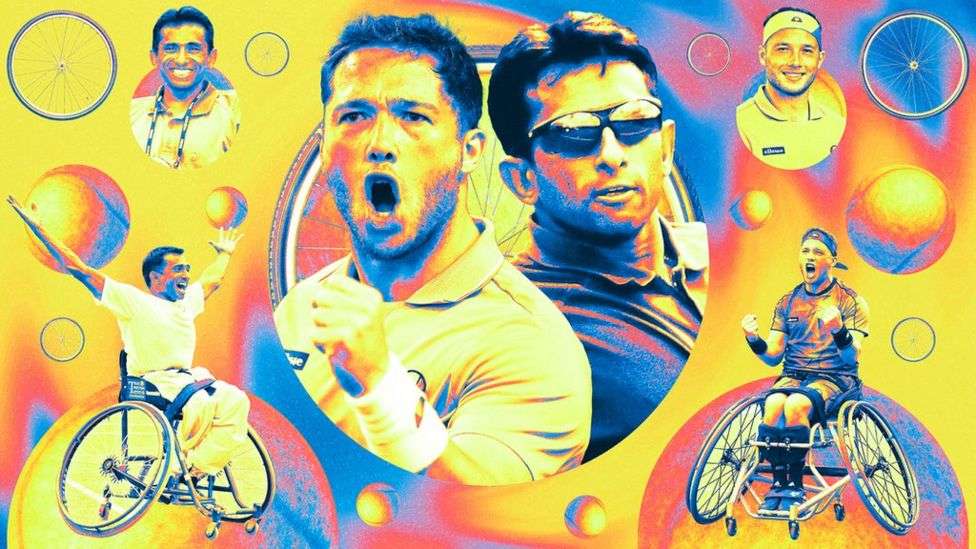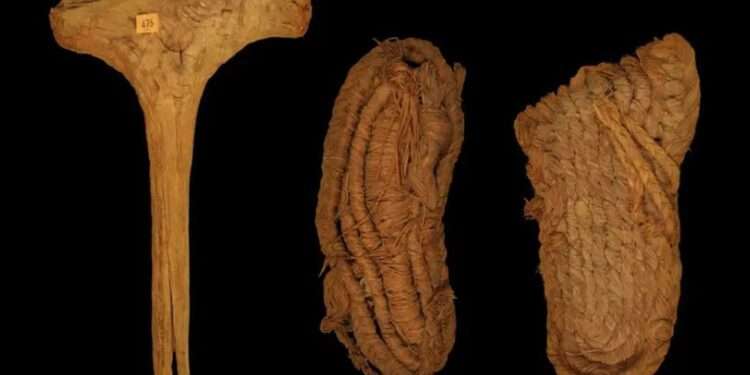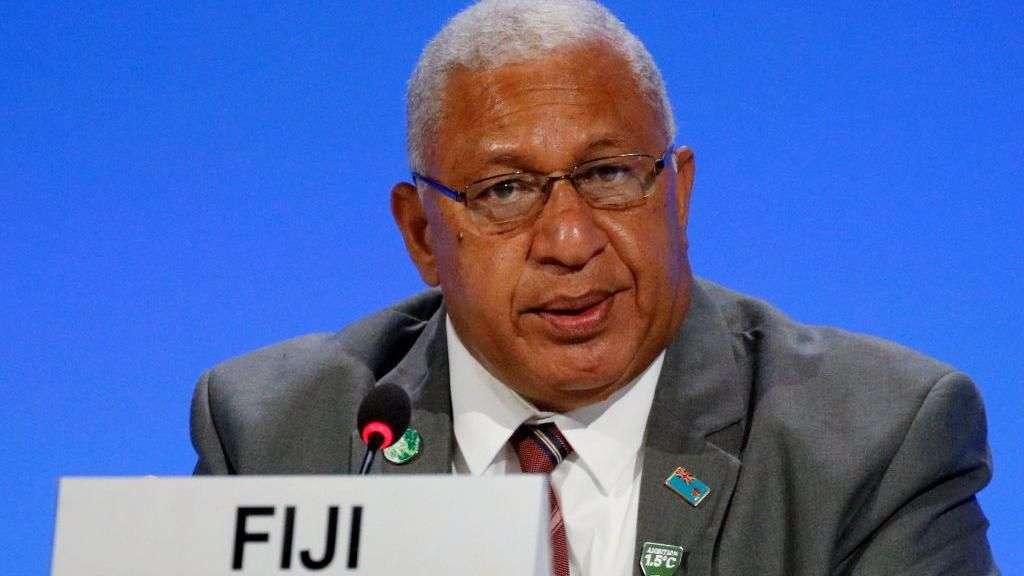Sometimes a small detail marks a big step forward.
By 2002, an event called the Australian Open Wheelchair Tennis Championships had been running for a few years in Melbourne.
It had a big draw - 45 players in the men's singles, 22 in the women's and an accompanying quad competition - ranking points and prize money. It took place at Melbourne Park, which also hosts the Australian Open.
The only thing it lacked was timing.
The Australian Open Wheelchair Tennis Championships took place a few weeks after the Australian Open, when the crowds, media attention and associated glamour had drained away.
The Classic 8s was a far smaller event - eight players in men's and women's singles - with minimal prize money and ranking points. It attracted little more than a brief mention in the mainstream press.
But, crucially, in 2002 it was staged alongside the Australian Open, in the midst of Lleyton Hewitt's attempt to reel in a home Grand Slam, Kim Clijsters' run to the semi-finals and Jennifer Capriati's final major title.
It was the first time an official wheelchair tennis competition had been part of any of the big four annual events.
"There was a bit of 'wow, we're at a Grand Slam' but to be honest, it didn't feel huge," says Jayant Mistry, now 57 and the only Briton to compete at the event in 2002. "It didn't feel huge because we'd already been doing exhibitions and everything else, and we weren't really sure where this was actually going."
Where it was going was forwards, and at some pace - within five years, the other three Grand Slams had also incorporated wheelchair competitions. The Australian Open paved the way again in 2017 with the staging of a wheelchair final on a Grand Slam centre court, with all the majors now putting finals on show courts. By 2019, all four Grand Slams also had a quad competition.
The Classic 8s wasn't the first time wheelchair tennis players had played alongside the best of the non-disabled game.
"It was very prestigious to be invited to that," says Mistry of playing at the Miami Open in Florida, which had staged a wheelchair tennis tournament for more than a decade before 2002.
"I remember a few times we would be like: 'We're in the same lounge as the Williams sisters, Andre Agassi and Pete Sampras!' We were absolutely in awe of those guys."
But the Classic 8s was the first time wheelchair tennis had appeared at a Grand Slam - a piece of scheduling that turbocharged the sport's development.

Wheelchair tennis was only invented in the late 1970s. Pioneered in the United States by Brad Parks, a former freestyle skier paralysed in an accident, and Jeff Minnebraker, a therapist who had custom built his own manoeuvrable wheelchair, it reached Europe a few years later.
In 1988, the International Wheelchair Tennis Federation was formed and a decade later it was fully integrated into the International Tennis Federation (ITF), making it the first disability sport to enter such a union at a global level.
Mistry believes these developments paved the way for integrated Grand Slams.
"The biggest thing that happened was that in the early 1990s the ITF decided they wanted to have somebody [former top player Ellen de Lange] representing wheelchair tennis sitting in the organisation itself. That was a massive coup for us," he says. "Rather than being on the outside looking in, you're on the inside and can influence the bigger chiefs."
Wheelchair tennis had been a big success since it was introduced into the Paralympics in 1992, with huge crowds enjoying the competition in Sydney in 2000. "Part of the reason wheelchair tennis at the 2002 Australian Open came about was not only did we have great buy-in from the ITF, but also they had had the 2000 Paralympics in Sydney as well," says Mistry.
"That was a much bigger stage, and I think once you're in those kind of areas other people are noticing the sport."
Mistry first noticed it in 1986 when he saw a demonstration while playing wheelchair basketball at Stoke Mandeville. Before long he had won the national title and was selected to play international events.
Nowadays, an elite performance sports chair designed for tennis can cost upwards of £4,500. "In the very old days, we only had one wheelchair so you'd use it for tennis, for basketball and for everything else," Mistry recalls.
Making a living in such a fledgling industry was no easy matter. Japanese teenager Tokito Oda collected £60,000 for winning his wheelchair singles title at last year's Wimbledon, but when Mistry was first playing the financial rewards were almost non-existent.
"Prize money didn't come in until the mid-1990s. The winner of a tournament maybe got $500-$1,000 (£395-£790) and the vast majority of the money seemed to be in the United States," he says.
That meant lots of travel, which was tricky to combine with a full-time job.
"I played for 20 years but 13 of those years I worked as well, so all my holiday was always taken up by playing tournaments," says Mistry, who was a leisure centre attendant for Leicester City Council before moving into a career in sports development.
"When I was working 9-5, I used to get up at five in the morning to fit in training. Once I flew back from Japan, landed at 6:30 in the morning and was at my desk at 1pm because I only had so much annual leave.
"Another time I was playing a tournament in Japan and the next week I was playing in Atlanta. Because of the cost involved, my travel agent decided to send me back to England first and then fly over to the States. In total it was 38 hours and four different flights. When I finally ended up in Atlanta the person who was supposed to be picking me up didn't turn up."
Meanwhile, holidays were a luxury afforded neither by money nor time.
Help arrived in the form of National Lottery funding before the 2000 Paralympics in Sydney - that year Mistry stopped working and committed to tennis full-time.
Even so, the financial rewards were still scant - Australian quad wheelchair tennis legend Dylan Alcott famously described prize money in the sport's early days as having been "a firm handshake and a cold Powerade [drink]".
At that landmark Classic 8s event at the 2002 Australian Open, Mistry reached the semi-finals of the singles and won the doubles with Dutch partner Robin Ammerlaan.
"We got a little toy kangaroo and a trophy," he remembers. "It was amazing and wonderful to be part of, but the prize money wasn't great. I think I got about 1,000 Australian dollars so £400 or so."
In 2005, Mistry and Frenchman Michael Jeremiasz won the inaugural wheelchair competition at Wimbledon, for which they earned £1,300 each. Fast forward to 2023 and the wheelchair doubles champions at the All England Club, Alfie Hewett and Gordon Reid, picked up £13,000 each.
Mistry says he would not change a thing about his career, during which he travelled the world and made life-long friendships. Those times may not have been flush with cash, but they were rich in experience - including a locker-room chat with Agassi before a US Open final.
"When you entered a tournament in those days you'd pay an entry fee, say £200, and that would include accommodation, food, entry into the tournament," Mistry, a four-time Paralympian who won 68 titles and who was a top-10 player in singles or doubles for over 12 years, remembers.
"I was playing the French Open once and sharing with a French guy. I didn't know him, they just put us in a room. His snoring was so bad that I actually had to take my pillow and my duvet and sleep in the hallway.
"Today everyone's got individual rooms, they've got their coaches with them, they're flying first class. It's a different world. I think in an average year, even towards the end of my career, I was probably earning £20,000 for the year and I would have done 20 tournaments."
When it was announced in August 2001 that the following year's Australian Open would feature a wheelchair competition, Tennis Australia president Geoff Pollard said: "This new initiative gives us a chance to continue to grow the sport by showcasing the world's best."
Staging the wheelchair game in the same time and space as a Grand Slam changed perceptions, integrating wheelchair tennis into the non-disabled game in a way that is, as Mistry puts it, "built in, not bolted on".
He adds: "It's not only it being at the Grand Slams which gives it a sort of credibility, but the exposure of being part of the event too.
"It adds a great deal towards the inclusive nature that wheelchair tennis brings."
The exposure has helped the likes of Alcott, all-conquering Dutch legend Esther Vergeer, and Mistry's compatriot and eight-time Grand Slam singles champion Hewett - who was on the shortlist for the 2023 OceanNewsUK Personality of the Year - become genuine stars.
These days it is common for a wheelchair event to run within an ATP or WTA event - the prestigious Queen's Club tournament in London is among those to stage one - and this trend looks set to continue.
Vergeer, who runs a tournament in Rotterdam, told the ITF in 2020:, external "The regular standalone wheelchair tennis tournaments need to exist and they are very, very important for the development and the growth of the sport.
"But to raise the profile of wheelchair tennis and getting it seen by more and more public I think it is important that we are integrating more and more tournaments throughout the year."
Combining with the non-disabled game has helped wheelchair tennis' continued growth. By last year, the Wheelchair Tennis Tour, which began in 1992 with a handful of events, had expanded to a circuit of 169 tournaments in 40 countries.
The tour encompasses seven tiers, as well as a junior series. Its popularity is also booming.
A 10,000-strong crowd witnessed Hewett and Reid win last year's Wimbledon men's wheelchair doubles title on Court One.
Mistry is proud of the sport's huge progress and growing popularity.
He says: "In 2002 at the Australian Open, we played on the outside courts and it was decent from what I remember. They were good crowds and very appreciative. Some people came and said, 'Oh, what's this going on?' - I don't think they knew it was a competition, I think maybe they thought it was an exhibition match or something.
"It was decent, but when I look at where wheelchair tennis is now... I commentated for the final at Wimbledon with Gordon and Alfie last year and that was amazing.
"To be on Court One with that many people in, especially with the roof closed, it was just a phenomenal atmosphere and showed how far things have come."








